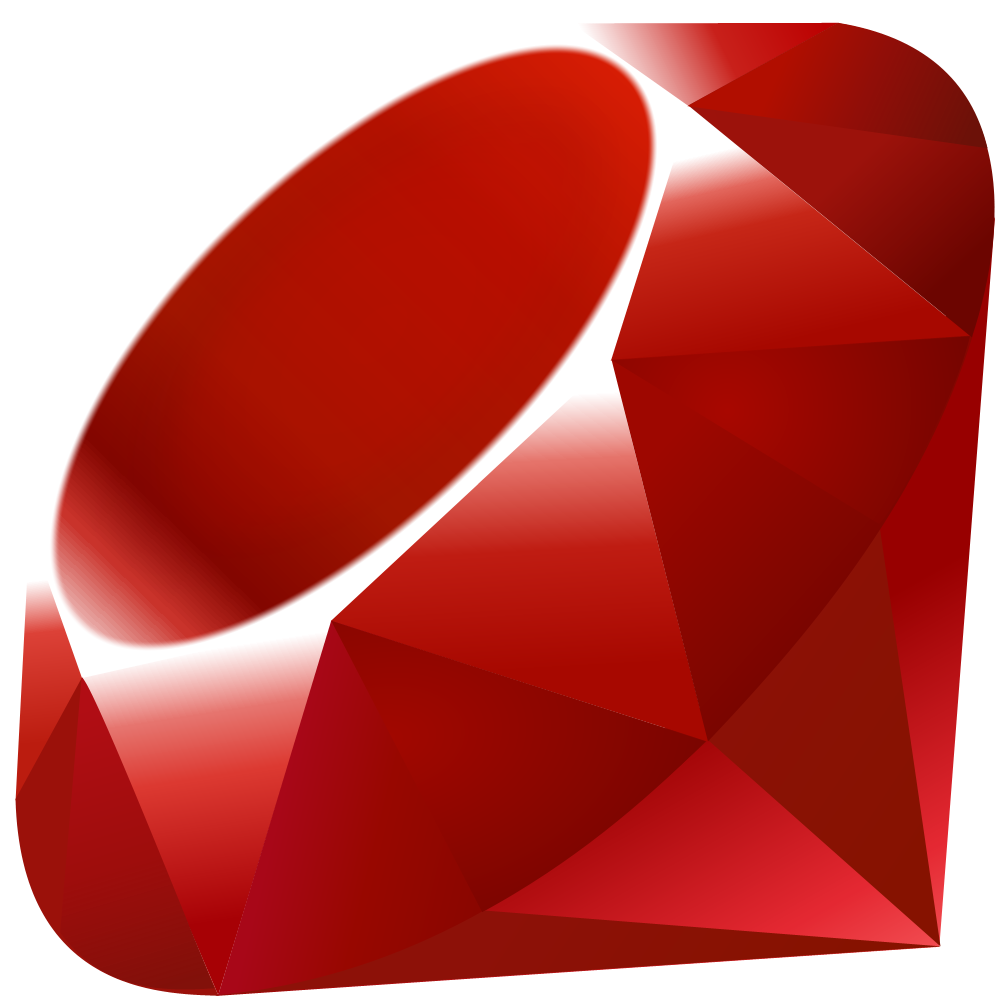Ruby on Rails, a popular web application framework, continues to evolve with each version, bringing new features and improvements. Rails 8 introduces several enhancements over Rails 7, focusing on deployment flexibility, developer productivity, and modern tools. Here's a detailed comparison:
Key Features in Rails 7
1. Hotwire Integration: Rails 7 introduced Hotwire, a framework for building modern web applications without relying heavily on JavaScript. It includes Turbo and Stimulus for faster page updates and interactivity.
2. Async Query Loading: Rails 7 improved Active Record with asynchronous query loading, allowing developers to fetch data without blocking the main thread.
3. Encryption: Enhanced security features, including built-in encryption for sensitive data.
4. Improved Asset Management: Rails 7 streamlined asset management with Webpacker, enabling easier integration of JavaScript and CSS libraries.
Key Features in Rails 8
1. Flexible Deployment: Rails 8 introduces Kamal 2 and Thruster Proxy, simplifying deployment on cloud VMs or local servers. Developers can set up production environments quickly with minimal commands.
2. Solid Adapters: New Solid Adapters (Solid Cable, Solid Cache, Solid Queue) integrate pub/sub, caching, and job queuing directly with SQLite, reducing reliance on third-party services.
3. Propshaft Asset Pipeline: Replacing Sprockets, Propshaft offers a streamlined asset pipeline compatible with modern JavaScript tools like bun, esbuild, and Vite.
4. Authentication System Generator: Rails 8 includes a comprehensive authentication system generator, ensuring robust security and compliance with regulations like GDPR and CCPA.
5. Performance Enhancements: Improved dependency management and deployment tools allow Rails 8 applications to handle higher traffic with lower latency.
Example: Deploying a Rails Application
In Rails 7, deploying an application required manual configuration of servers and dependencies. With Rails 8, Kamal 2 simplifies this process. For example:
Key Features in Rails 7
1. Hotwire Integration: Rails 7 introduced Hotwire, a framework for building modern web applications without relying heavily on JavaScript. It includes Turbo and Stimulus for faster page updates and interactivity.
2. Async Query Loading: Rails 7 improved Active Record with asynchronous query loading, allowing developers to fetch data without blocking the main thread.
3. Encryption: Enhanced security features, including built-in encryption for sensitive data.
4. Improved Asset Management: Rails 7 streamlined asset management with Webpacker, enabling easier integration of JavaScript and CSS libraries.
Key Features in Rails 8
1. Flexible Deployment: Rails 8 introduces Kamal 2 and Thruster Proxy, simplifying deployment on cloud VMs or local servers. Developers can set up production environments quickly with minimal commands.
2. Solid Adapters: New Solid Adapters (Solid Cable, Solid Cache, Solid Queue) integrate pub/sub, caching, and job queuing directly with SQLite, reducing reliance on third-party services.
3. Propshaft Asset Pipeline: Replacing Sprockets, Propshaft offers a streamlined asset pipeline compatible with modern JavaScript tools like bun, esbuild, and Vite.
4. Authentication System Generator: Rails 8 includes a comprehensive authentication system generator, ensuring robust security and compliance with regulations like GDPR and CCPA.
5. Performance Enhancements: Improved dependency management and deployment tools allow Rails 8 applications to handle higher traffic with lower latency.
Example: Deploying a Rails Application
In Rails 7, deploying an application required manual configuration of servers and dependencies. With Rails 8, Kamal 2 simplifies this process. For example:
# Kamal 2 deployment command kamal deploy --server 192.168.1.1 --ssh-key ~/.ssh/id_rsa
This command sets up a production-ready environment in minutes, showcasing the ease of deployment in Rails 8.
Conclusion
Rails 8 builds upon the foundation of Rails 7, introducing features that enhance developer productivity, streamline deployment, and modernize asset management. Upgrading to Rails 8 is a worthwhile investment for developers seeking to leverage the latest advancements in web application development.
Conclusion
Rails 8 builds upon the foundation of Rails 7, introducing features that enhance developer productivity, streamline deployment, and modernize asset management. Upgrading to Rails 8 is a worthwhile investment for developers seeking to leverage the latest advancements in web application development.
Published :
